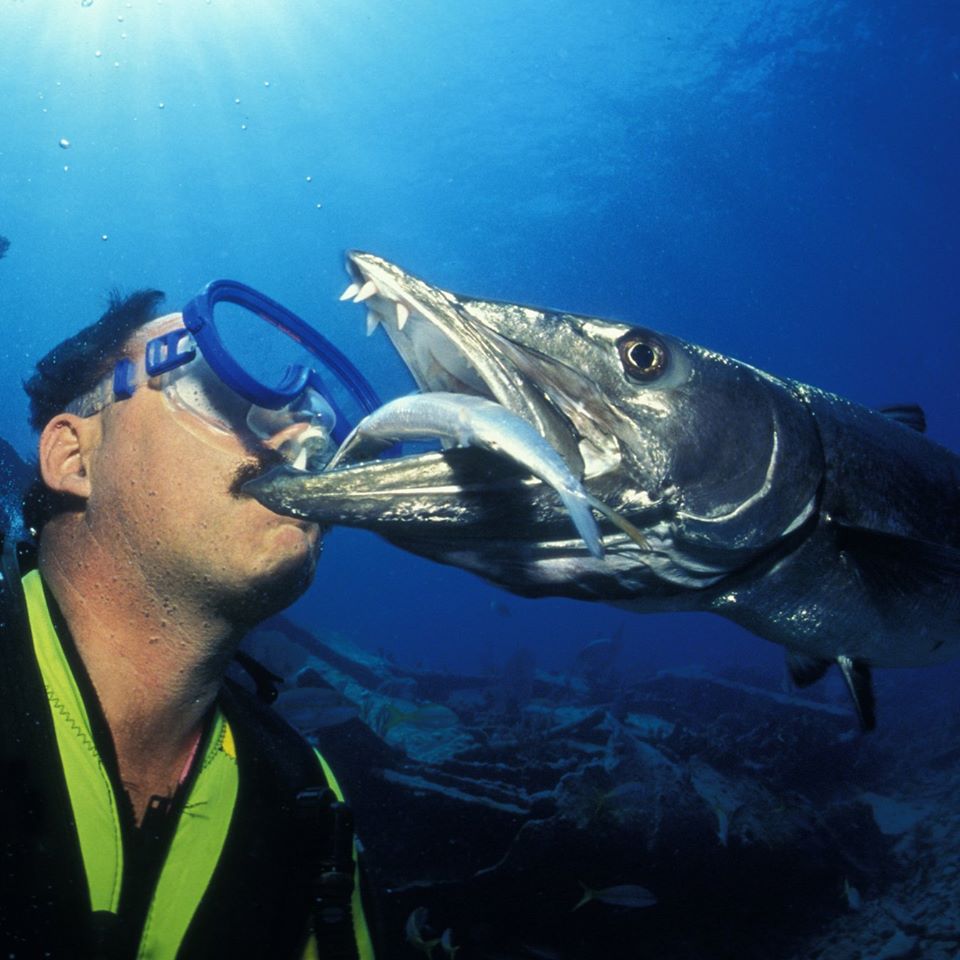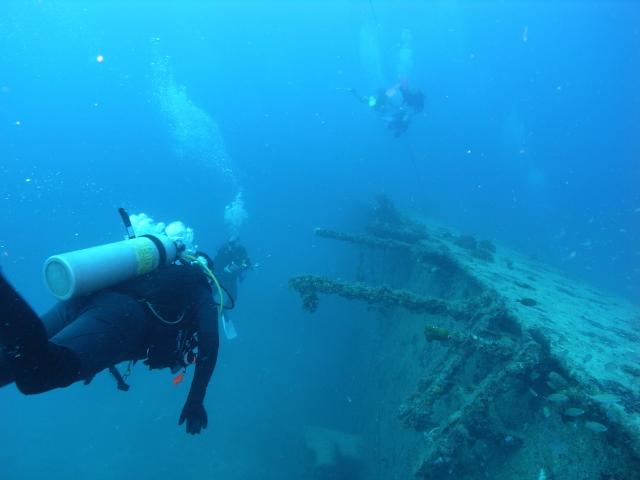An Islamorada Reef and Wreck Diving Report
As the Florida Keys recover from the impacts of Hurricane Irma’s Sept. 10 passage through the island chain, professional dive operators are assessing the post-Irma condition of coral reefs and shipwrecks, precious resources located in the protected waters of the Florida Keys National Marine Sanctuary.
Off Islamorada, divers are finding their favorite iconic dive and snorkel sites intact, despite some apparent topographic changes such as broken or dislodged coral resulting from storm-force waves and fast-moving debris. Visibility on the shipwreck sites and shallow reefs varies, where sand and sediment shifted leaving a thin layer on sea fans and sponges, but winter tidal cycles and ocean currents are expected to correct these throughout the island chain. Here are some post-Irma Islamorada highlights.
Pleasure Reef: The aquatic life at Pleasure Reef in the Florida Keys National Marine Sanctuary is still very abundant, according to divers from professional operators who visit there regularly with customers.
Pleasure Reef also is a site for popular “Creature Feature” dives with Captain Spencer Slate, owner of Captain Slate’s Scuba Adventures, that offer diving aficionados a safe opportunity to “meet” marine life including Goliath groupers, moray eels and other underwater species.
Slate has carefully cultivated personal relationships with these gentle animals for over 30 years and his experiences help him impart a marine preservation message: spectating, not touching, marine life.
“The topography at Pleasure Reef has changed quite a bit, but there are still the resident moray eels, sharks this week, the green sea turtle hung out with us,” said Brent Pirich, a dive instructor with Florida Keys Dive Center at mile marker 90 in Tavernier.
Davis Reef: Soft corals like sea whips and sea fans survived well. Divers report the reef, a sanctuary preservation area also referred to as Davis Ledge, was relatively untouched and remains revered for its incredible concentration of schooling grunts and schoolmaster snapper, as well as several amiable resident green morays, long accustomed to benign interaction with divers.
Eagle: This nearly 300-foot former cargo transporter was the first ship intentionally sunk in the Florida Keys as an artificial reef. Sent to the bottom Dec. 19, 1985, Eagle rests in 110 feet of water on its starboard side. Cloaked in a colorful patina of encrusting sponge and coral, it is populated by thousands of silversides, schools of grunt, tarpon and jack.
Sponges, black coral, sea whips and sea rods, branching fire coral and starlet coral make their home along Eagle’s stacks and cargo booms.
“There are still Goliath grouper and bull sharks around the wreck,” said Pirich, who noted only one significant change. “The bow now sits about 10 feet deeper in the sand than before Irma.”
Several Islamorada charter dive operators, like many in Key Largo, are Blue Star operators who promote marine conservation on behalf of the Florida Keys National Marine Sanctuary. Since Irma, scientist divers with the sanctuary have assessed damages to the reef tract, stabilized toppled corals where feasible and removed debris to help accelerate recovery of the coral reefs. For information about the Blue Star program, visit floridakeys.noaa.gov/onthewater/bluestar.html.
The nearly 300-foot former cargo transporter, Eagle, was the first ship intentionally sunk in the Florida Keys as an artificial reef.

Capt. Spencer Slate has carefully cultivated personal relationships with these gentle animals for over 30 years.

